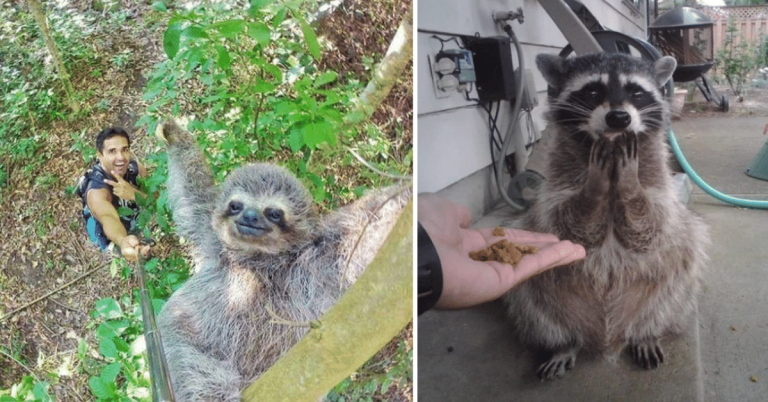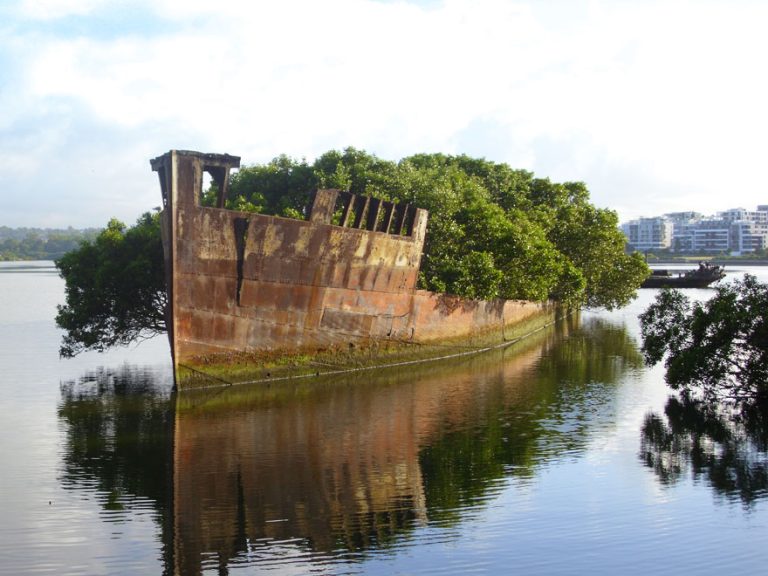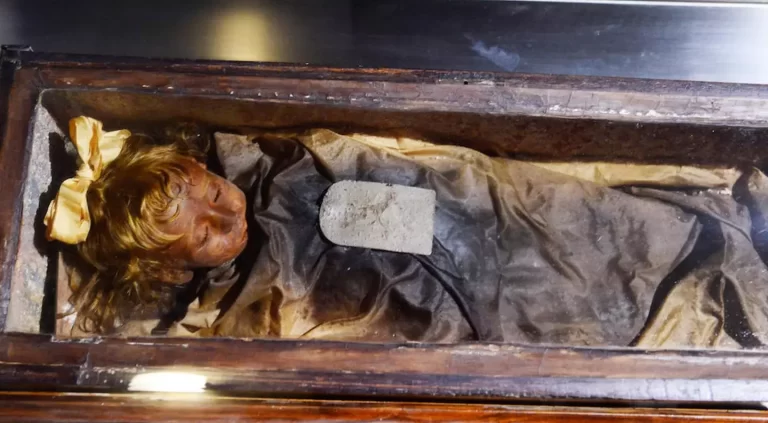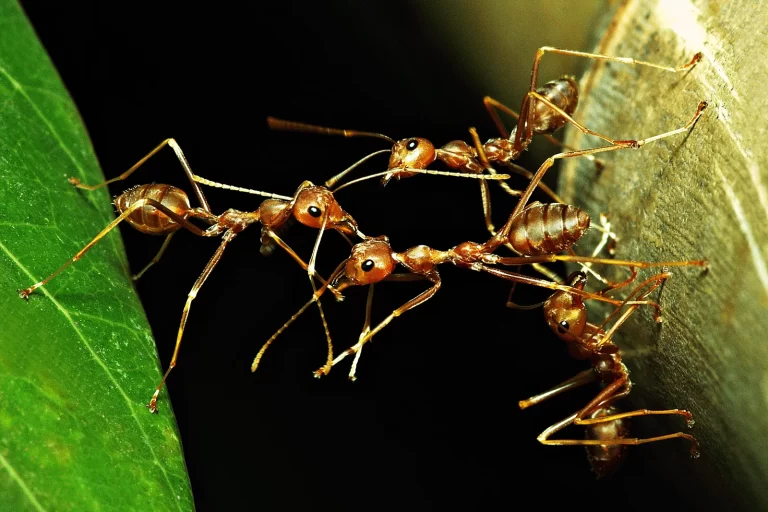7 incredible world wonders discovered on Google Earth
Google Earth has revealed some incredible discoveries, including an Arctic ice river, a spinning island, the world's largest natural bridge, and a two-million-year-old hominid skeleton.
If you think all the world’s wonders have already been found, think again. Google Earth has allowed people to explore and discover new places with just a laptop and mouse. However, finding a new world wonder isn’t easy. Since Google Earth’s launch, only a few remarkable natural sites have been uncovered. Here are seven of the most impressive discoveries:
- Twin Galaxies
- Location: Greenland
- Discovered: 2017
- Discoverers: Sarah McNair-Landry, Erik Boomer, and Ben Stookesberry
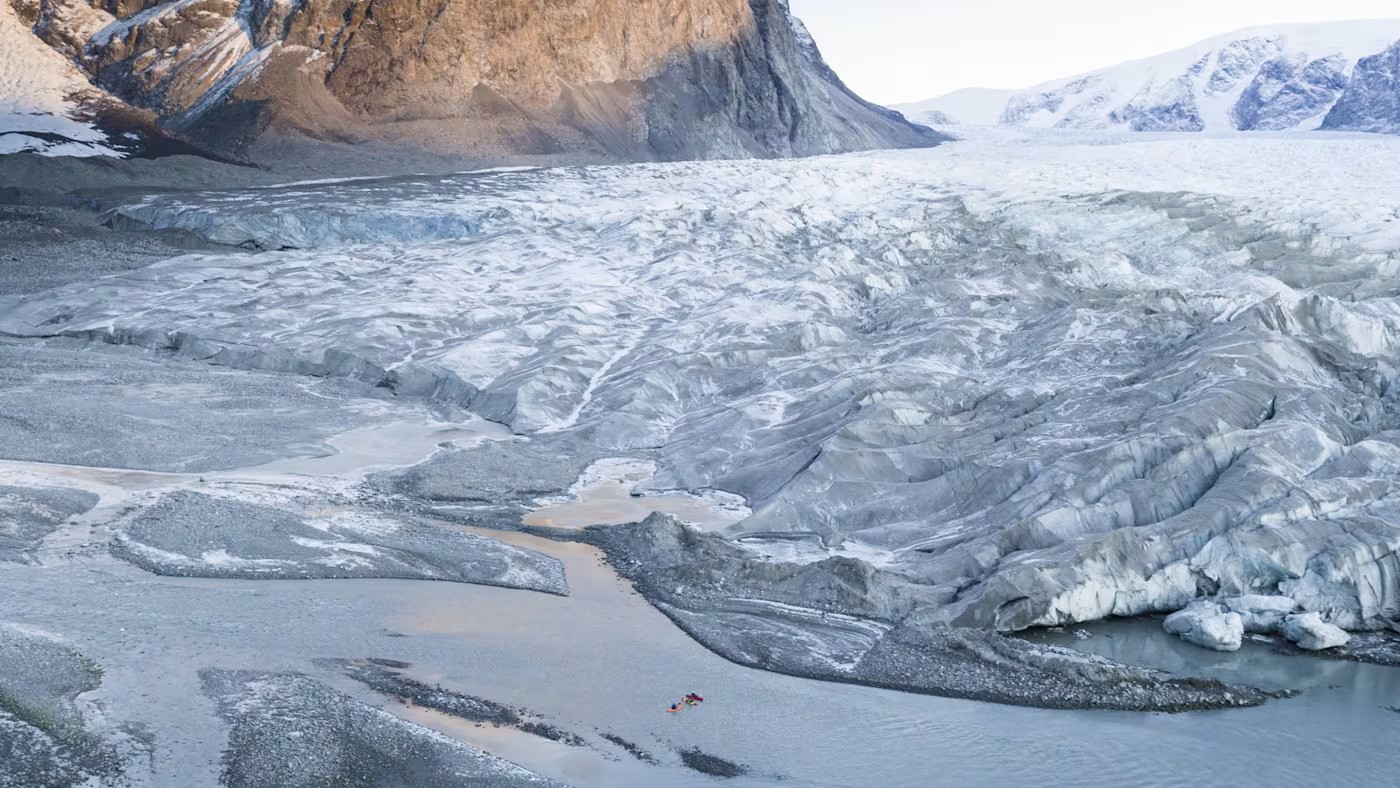
© DrehXtrem
A pair of meltwater streams on the Arctic ice cap became the most northerly rivers ever paddled after they were spotted in blurry Google images of Greenland’s far north. Explorers used this discovery to plan an expedition, which was featured in the film *Into Twin Galaxies*. They kite-skied 1,000 kilometers over the ice cap to reach the rivers and then paddled through the unexplored waters. McNair-Landry noted, “Google Maps helped us find the rivers, but the images were from August 2012 and were of poor resolution, so there was still a lot we didn’t know.”
2. Spinning island
-
Where: Ojo de la Tierra, Paraná Delta, Argentina
-
Discovered: 2016
-
Discovered by: Sergio Neuspiller, film director and producer
-
Co-ordinates: 34°15’07.8″ S 58°49’47.4″ W
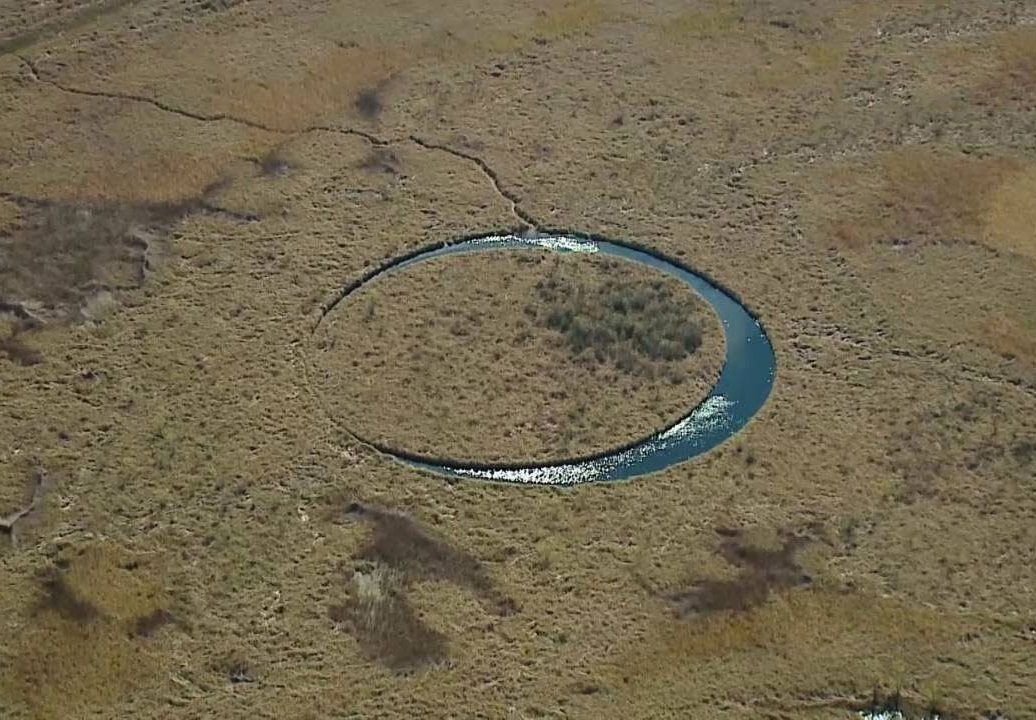
Known as ‘The Eye,’ this mysterious floating island drifts and spins in a larger circular lake within a remote swamp in northeast Argentina. It was first discovered by a horror movie director scouting for filming locations. A site visit revealed that methane gas beneath the water might be helping the island float, but the exact way it was formed remains a mystery.
3. Fairy bridge
-
Where: Xianren, Guanxi Autonomous Region, China
-
Discovered: 2010
-
Discovered by: Jay Wilbur, Natural Arch and Bridge Society (NABS)
-
Co-ordinates: 24°41’15.80″ N 106°47’59.94″ E
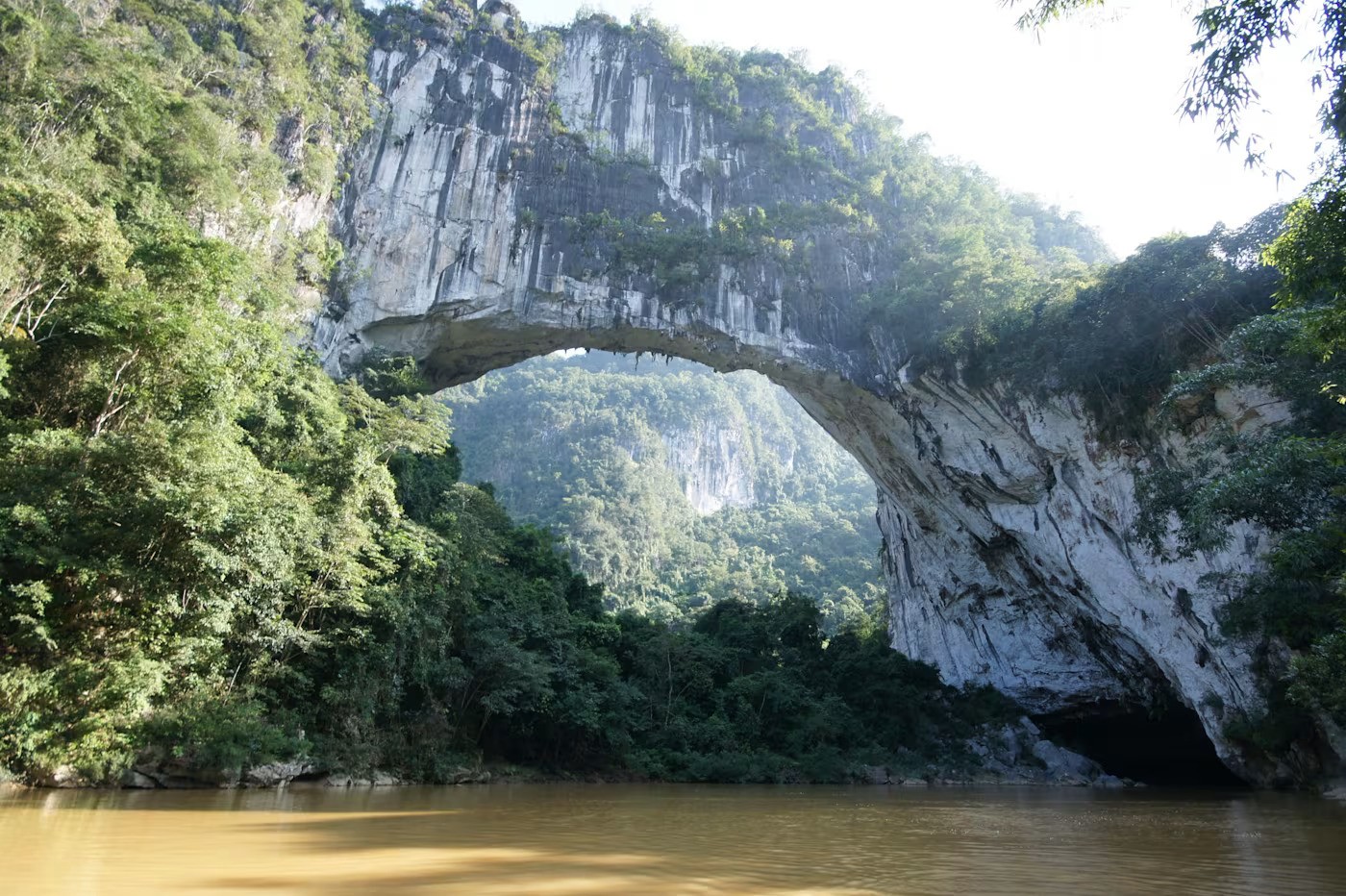
© Gunter Weiz/Archhunter.de
This 120-meter natural arch, the largest in the world, might still be unknown if not for Jay Wilbur, an American arch enthusiast and climber. Wilbur spotted the arch online while it crossed the Buliu River in remote China. He used a photo posted by a local photographer on Panoramio to confirm its existence. Wilbur then led a seven-person team on a three-hour rafting trip to measure it, discovering it was 33.6 meters longer than the previous largest arch in Utah.
4. Hidden rainforest
-
Where: Mount Mabu, Mozambique
-
Discovered: 2005
-
Discovered by: Kew Royal Botanic Gardens, UK
-
Co-ordinates: 16°17’52″S 36°23’39″E

At the peak of the remote 1,700-meter-high Mount Mabu, a 43-square-kilometer rainforest was discovered to be home to many previously unknown species, including new chameleons, snakes, and butterflies. A team of scientists found this hidden rainforest while looking for conservation project sites. After several preliminary trips, an international team of 28 scientists hiked in to explore it in 2008. They discovered it was the largest medium-altitude rainforest in Africa. Their findings led the Mozambique government to set up conservation measures to protect the rainforest from logging.
5. Ancient hominid skeletons
-
Where: Cradle of Humankind, Maropeng, South Africa
-
Discovered: 2008
-
Discovered by: Prof Lee Berger, Witswatersrand University, SA
-
Co-ordinates: 25°53’42.0″S 27°48’05.0″E
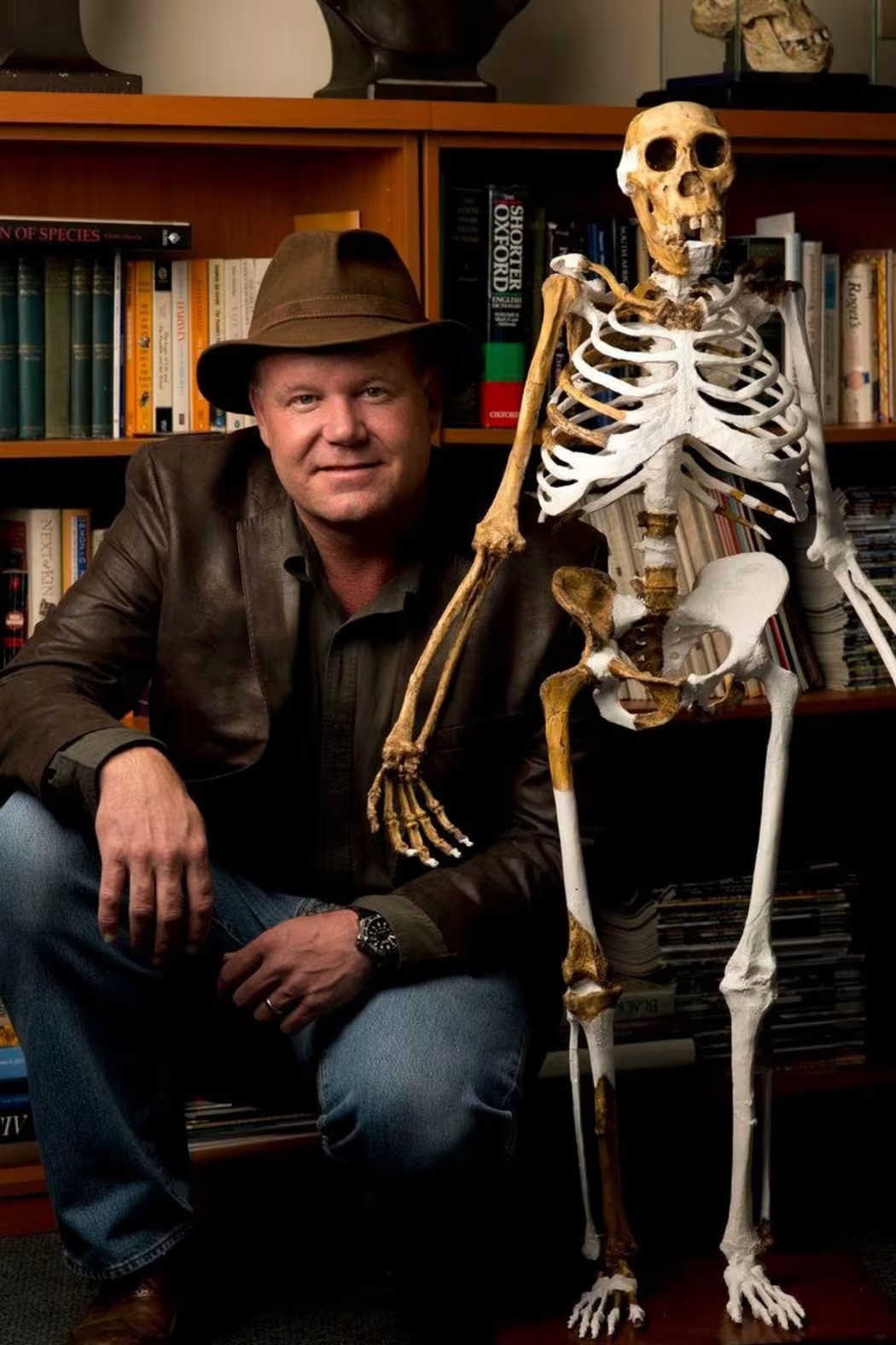
© Brett Eloff, courtesy of Lee R. Berger
The ‘Cradle of Humankind’ is a site rich with two-million-year-old fossils of our early human ancestors. It is where researchers discovered a new species with human-like hips but small ape-like feet. Using satellite images and his 30 years of research, scientist Lee Berger identified over 500 possible cave sites. In one of these caves, he and his son Matthew found the well-preserved skeleton of a young boy and three other nearby skeletons.
6. Kamil Meteorite Crater
-
Where: Kamil Crater, Egypt
-
Discovered: 2008
-
Discovered by: Vincenzo de Michele, ex-curator Civico Museo di Storia Naturale, Milan, Italy
-
Co-ordinates: 22°1’5.89″N 26°5’15.69″E
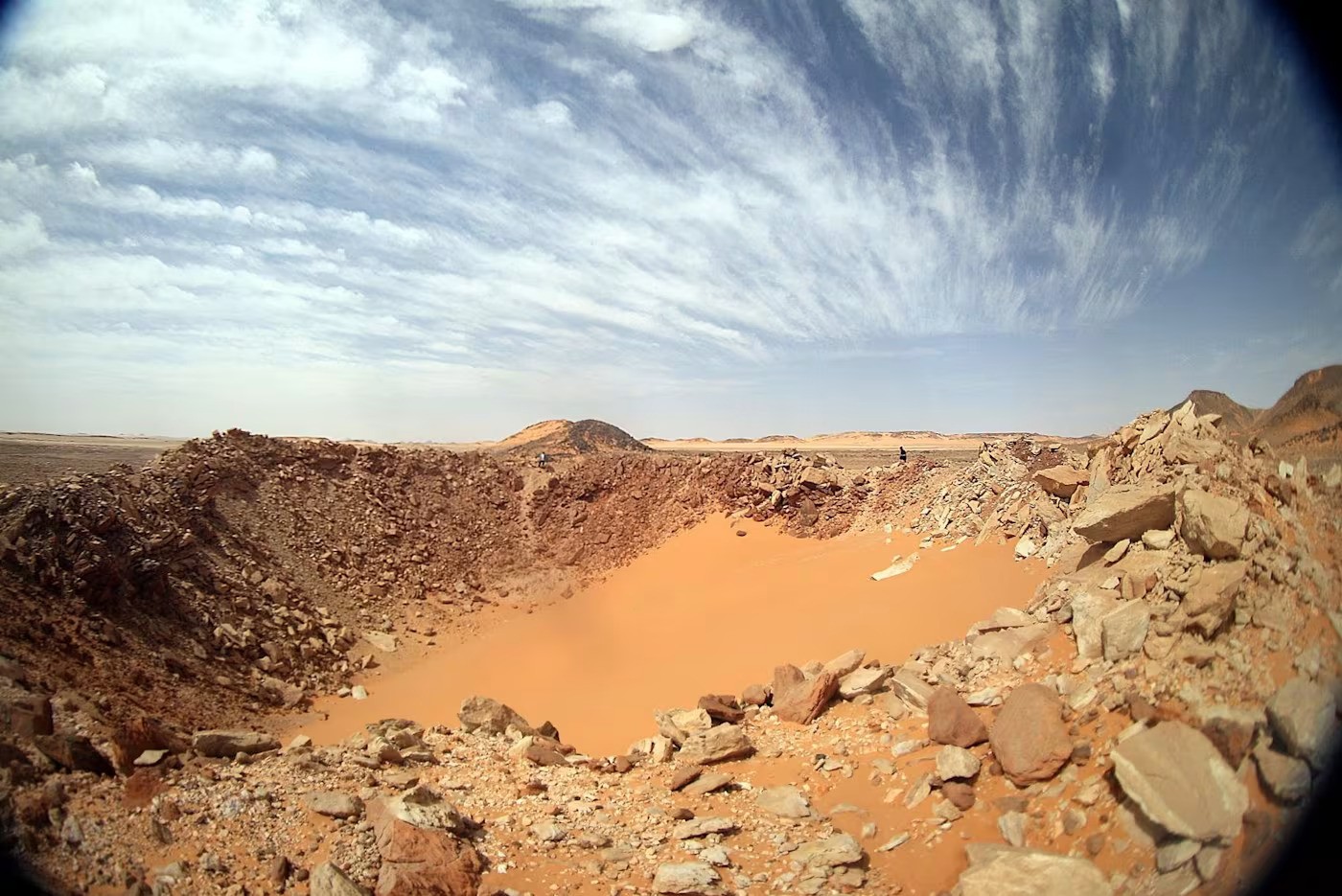
© Museo dell’Antartide dell’Università di Siena/www.mna.it
This 45-meter-wide, 3-meter-high crater, with visible lines of exploded material radiating from its center, is the best-preserved small impact site in the world and one of only about 175 confirmed craters. Discovered on Google Earth in 2008, its existence was verified with older satellite images from 1972. A visit to the site confirmed it as a rare “rayed” crater, typically found on Mars.
Scientists discovered over 5,000 pieces of iron meteorite at the site and estimate the original meteorite was about 1.3 meters wide, weighed between 5 to 10 tonnes, and struck Earth at about 3.5 kilometers per second. Such impacts occur every 10 to 100 years, and studying this 2,000-year-old crater helps scientists understand the risks these events pose to our planet.
7. Heart-shaped island
-
Where: Galesnjak, Zadar Archipelago, Croatia
-
Discovered: 2009
-
Discovered by: Unknown
-
Co-ordinates: 443°58’41.24″N 15°23’1.14″E
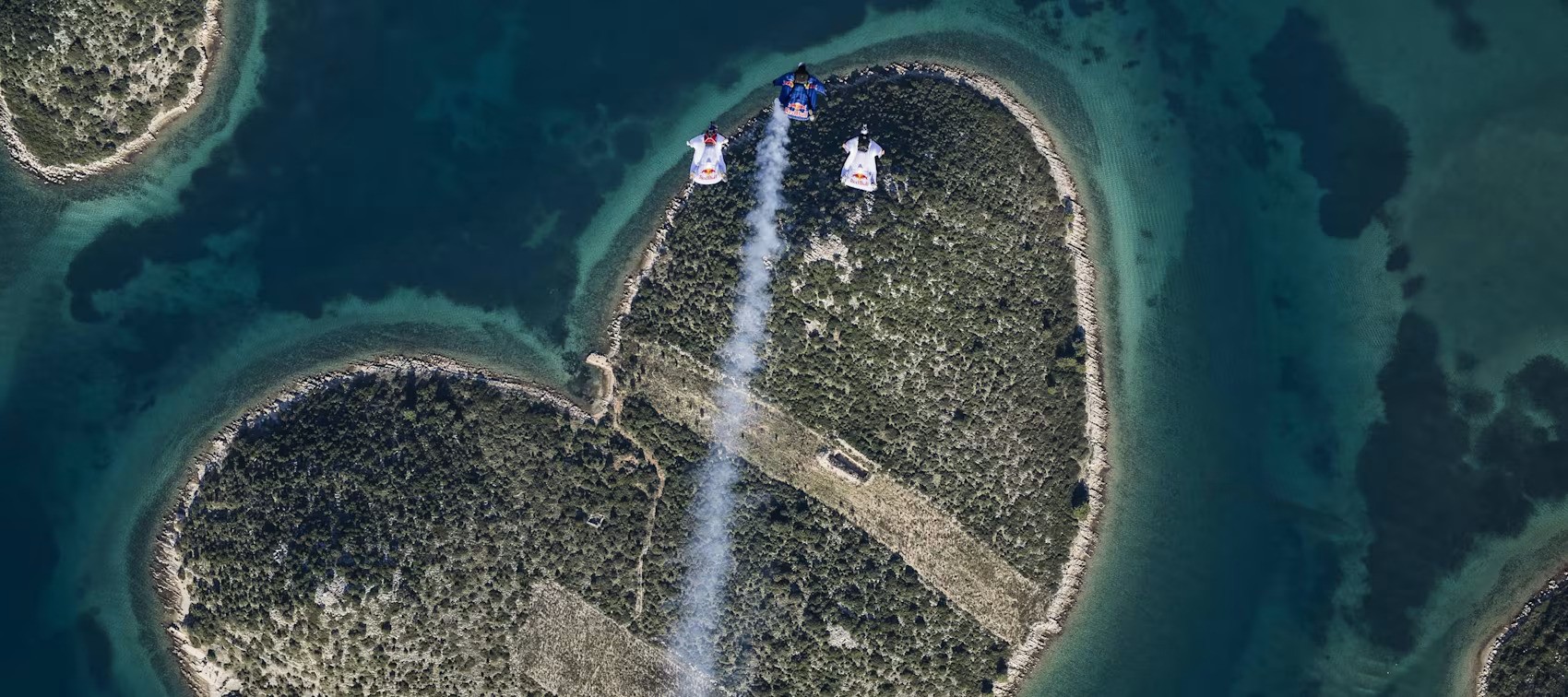
Lovers Island, an uninhabited island on the Croatian coast, became famous in 2009 after its heart-shaped outline was discovered from above. This unique shape, though first mapped by Napoleon’s cartographer in 1806, gained global attention thanks to modern technology. Since then, the island has seen a surge in interest for romantic getaways. In 2016, Red Bull adventurers Marco Waltenspiel, Amy Chmelecki, and Marco Fürst soared over the island in wingsuits, adding to its allure.

